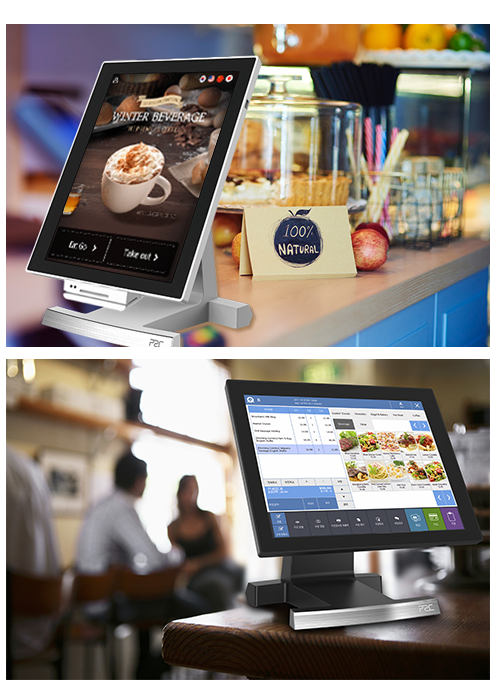
POS-systems is a system that allows you to process and register transactions between the company and its customers when purchasing goods and/or services.
The POS system consists of various hardware components that are interconnected. These include a touch screen (maybe a tablet), a cash register, a check printer, a barcode scanner, and a card machine. For this to work, you need EPOS software that works with the selected hardware.
Although the main purpose is to process payments, the POS system is also a system related to your cash transactions. This includes inventory level reporting, which is automatically updated after the sale of the product, real-time reports available from a remote computer, staff timesheets, and a customer library with loyalty features.
The POS system helps to manage your business more efficiently. That is, less paperwork and more tools to analyze, control, and report on all financial transactions, sales statistics, and quantity of goods.
The main features of POS systems:
- It consists of a separate cash register screen, cash drawer, check printer, barcode scanner, and card device.
- POS hardware and software form a cash register system.
- Functions help manage financial transactions, not just the sales process.
- The software works on a computer, tablet, or mobile device.
- Includes backend management features that can be accessed on a computer or web browser.
Advantages of the POS system
POS systems typically allow you to store an unlimited number of products, categories, options (such as size, color), and product images to display on the POS screen.
POS-systems allow you to set individual access for each staff account, as well as track changes and sales by employees, digital timesheets.
The POS system allows you to track refunds, discounts, and tax charges. In addition, POS systems allow you to view and print sales reports in a variety of formats, focusing on the data needed for accounting.
Some POS systems include billing and telephone billing, as well as additional tools.



















